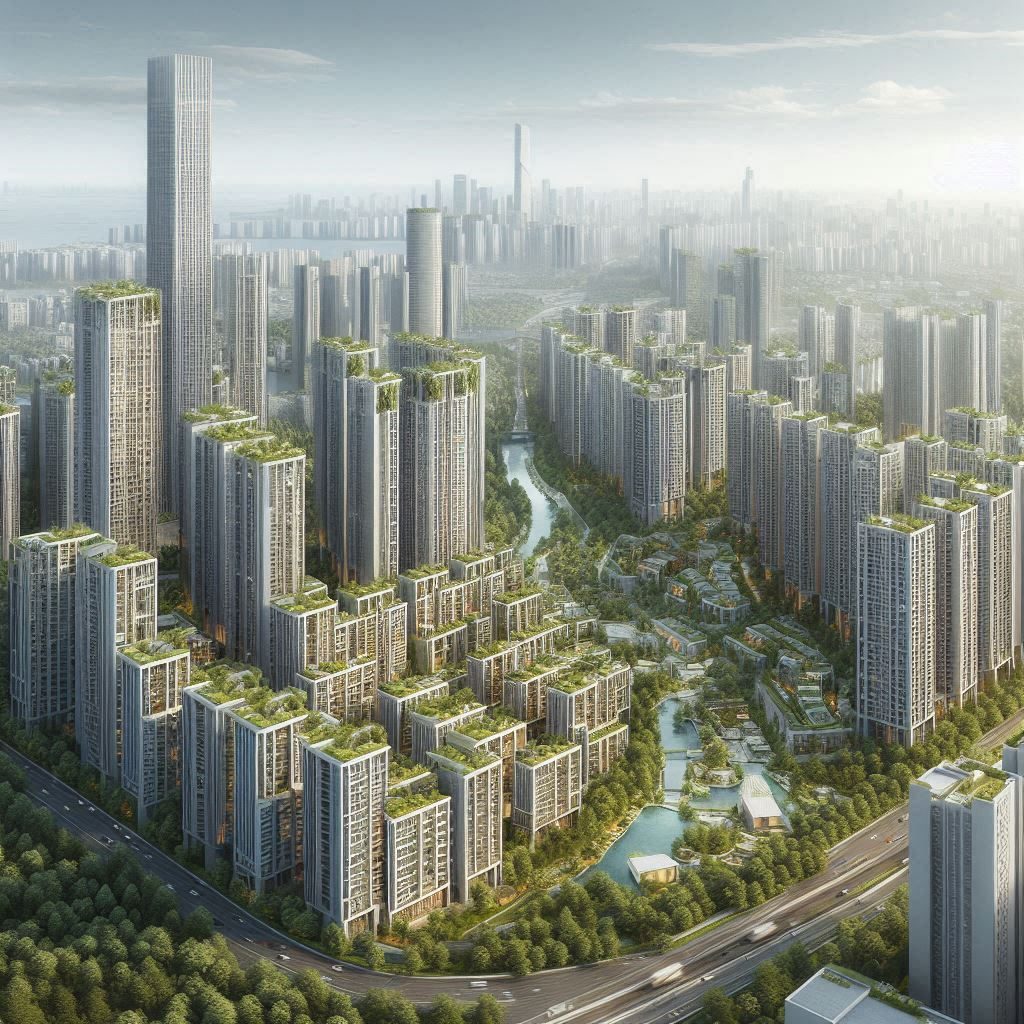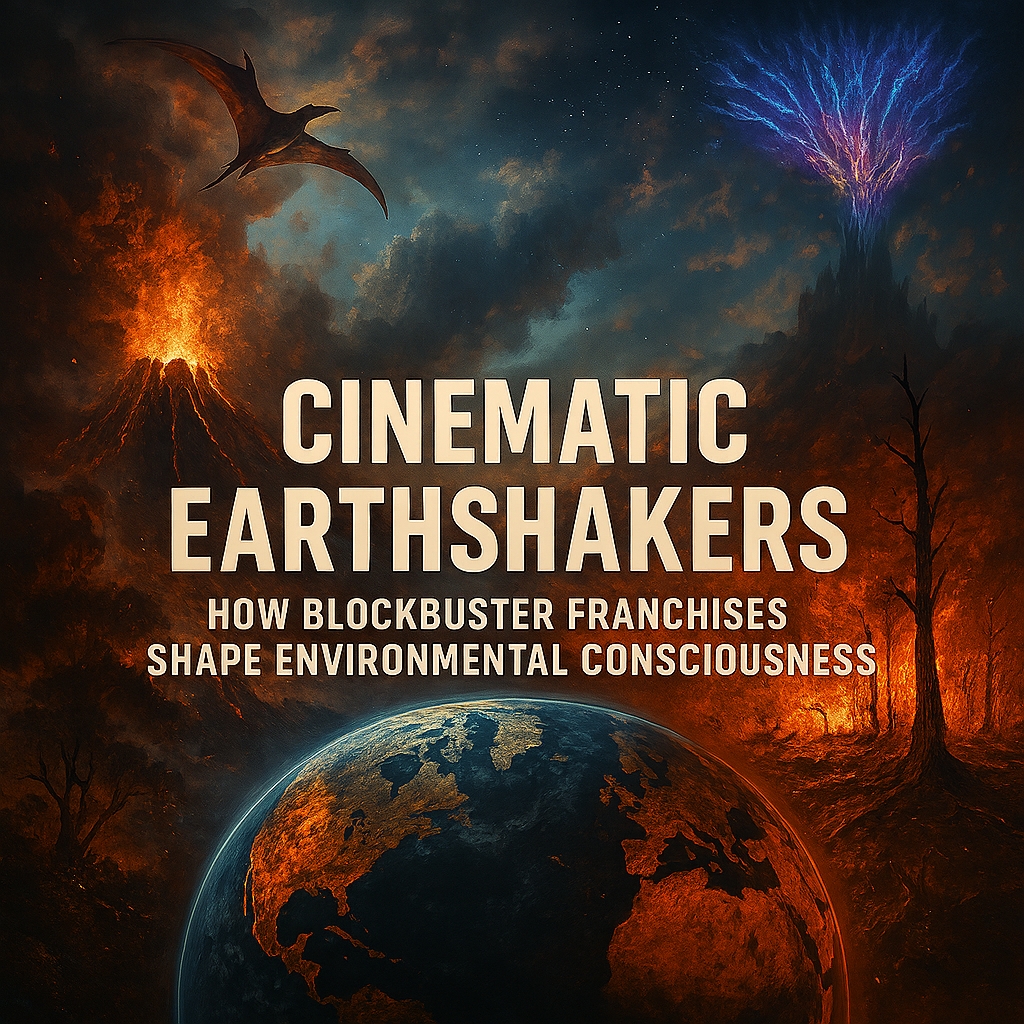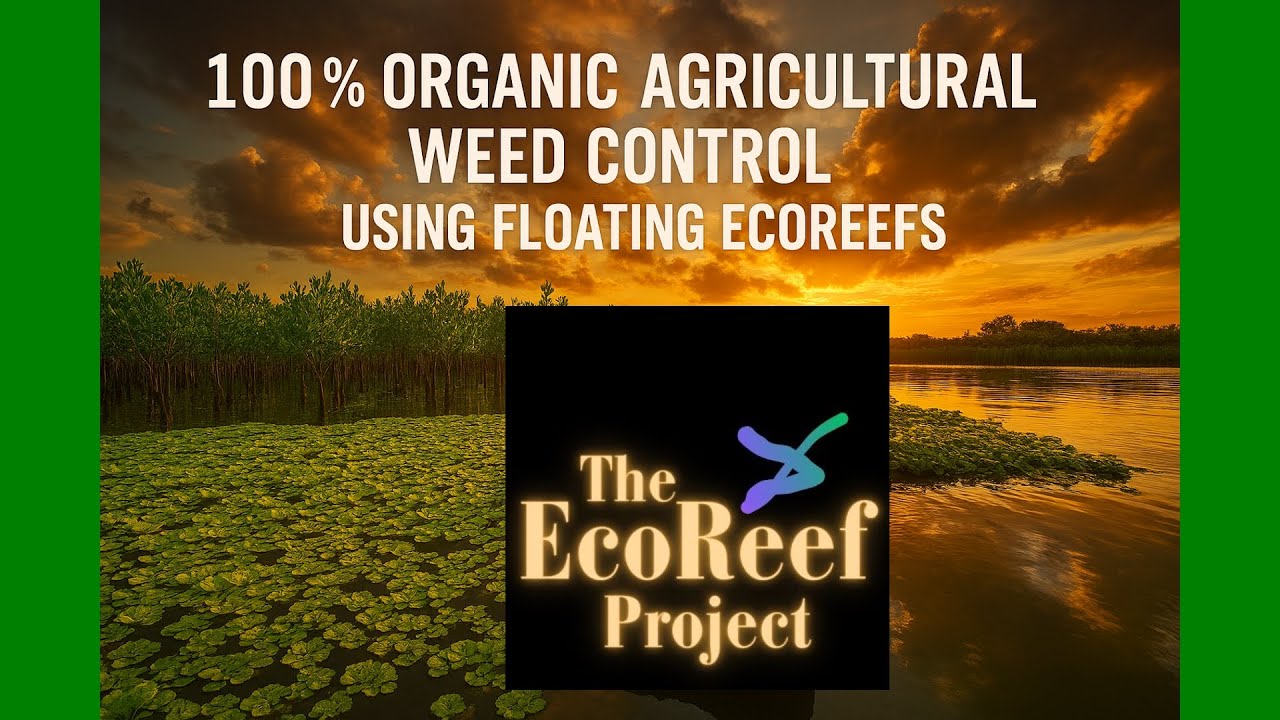What is Forest City in Malaysia
Forest City, situated on 14 square kilometers of reclaimed land in the Straits of Johor, represents a bold endeavor by Chinese developer Country Garden. This architectural megaproject enjoys exceptional status, allowing it to bypass traditional planning and development controls. However, this uniqueness can lead to conflicts between local priorities and international ambitions.
Environmental Features Of Forest City
—————————————–
Forest City embraces green urbanism and ecological conservation
Who and Why
Forest City was unveiled by China’s largest property developer, Country Garden, in 2016. Originally aimed at the domestic Chinese market, it offered aspirational buyers a chance to own a second home abroad.
The plan was ambitious to build an eco-friendly metropolis featuring a golf course, waterpark, offices, bars, and restaurants. Forest City was envisioned to eventually house nearly one million people.
Vertical Greenery
Imagine a “vertical forest” where lush greenery thrives alongside modern structures. The city incorporates vertical gardens, rooftop green spaces, and sky gardens, creating a harmonious coexistence between nature and buildings.
Smart Mobility
A multi-layered mobility system segregates parking, street-level activities, and residential communal areas. This design minimizes environmental impact while enhancing convenience.
Renewable Energy
Forest City emphasizes green technology and renewable energy, promoting sustainable development and ecological balance.
Challenges and Shifts
During construction, Forest City faced dramatic shifts in design due to regulatory considerations. Balancing local priorities with international investment demands remains an ongoing challenge.

Is Forest City A Green Smart City
Environmental Impact of Forest City
——————————————————-
Reclamation and Irreversible Damage
Despite being marketed as “an energy-efficient, ecologically sensitive, land-conserving, low-polluting offshore city,” Forest City’s development has had significant negative environmental consequences.
The project involves reclaiming land from ecologically sensitive coastal wetlands and mangrove swamps, causing irreversible damage to these fragile ecosystems.
Earthworks for the four artificial islands began without a legally required Detailed Environmental Impact Assessment (DEIA).
Low Occupancy and Isolation
Forest City’s isolated location, far from major cities like Johor Bahru, has deterred potential tenants.
Currently, only 15% of the entire project has been built, and just over 1% of the total development is occupied.
Despite facing significant debts, the developer remains optimistic about completing the full plan.
Sustainability and Cost-Effectiveness
Forest City’s ambitious vision includes eco-friendly features such as vertical greenery, smart mobility systems, and renewable energy integration.
However, achieving long-term sustainability and cost-effectiveness will depend on addressing environmental concerns, attracting residents, and managing ongoing development challenges.
Forest City stands as a complex case study—a blend of grand aspirations, environmental impact, and economic viability. Its journey toward sustainability remains a critical test for large-scale urban developments.
A Controversial Experiment
———————————
The Case Against
Critics argue that Forest City’s environmental impact—such as land reclamation and habitat destruction—outweighs its benefits.
The low occupancy rates and the project’s financial struggles raise questions about its viability.
Some view it as a symbol of unchecked globalization, catering to the wealthy while disregarding local needs.
The Case For
Proponents see Forest City as a bold experiment in sustainable urbanism.
Its eco-friendly features—vertical greenery, smart mobility, and renewable energy—showcase innovative solutions.
Forest City challenges traditional urban planning, emphasizing luxury living alongside environmental consciousness.
Lessons and Future Prospects
Forest City serves as a cautionary tale, highlighting the need for balanced development.
As cities grapple with population growth and climate change, elements of Forest City’s approach may inspire future projects.
The key lies in adapting its lessons—embracing sustainability, community engagement, and responsible growth.
In the end, whether Forest City is a failure or a glimpse into the future remains an open question. Perhaps it’s both—a flawed experiment that sparks vital conversations about our urban landscapes.

Is Forest City A Green Smart City
A Tale of Ambition and Reflection
Forest City stands at the crossroads of aspiration and reality. As we evaluate its impact, we find both cautionary lessons and glimpses of a sustainable future.
Cautionary Tale
Forest City’s environmental trade-offs—reclamation, habitat loss, and isolation—serve as a stark reminder. We must weigh progress against ecological consequences.
The project’s financial struggles and low occupancy rates underscore the challenges of creating a thriving urban ecosystem.
Innovation and Inspiration
Forest City’s eco-friendly features—vertical greenery, smart mobility, and renewable energy—inspire us. They hint at a more harmonious coexistence between nature and urban life.
Its audacity to redefine urban planning encourages us to think beyond convention.
The Way Forward
As cities grow, we need adaptable models that prioritize sustainability, community engagement, and responsible development.
Forest City, whether deemed a failure or a prototype, fuels conversations about our collective urban destiny.
In the end, Forest City invites us to question, adapt, and reimagine—a journey where every decision shapes our shared future.
Conclusion
Forest City exemplifies the fusion of luxury living, environmental consciousness, and global aspirations. As we witness more such projects emerge, understanding their impact on regions and ecosystems becomes crucial. Forest City’s journey—from reclamation to a green smart city—inspires us to envision a future where nature and urban life coexist seamlessly.
Forest City—Success or Stumbling Block?
Forest City, the ambitious urban development in Johor, Malaysia, has captured attention worldwide. But opinions diverge sharply. Is it a visionary blueprint for sustainable cities, or a cautionary tale of unchecked growth? Let’s explore both sides:
The Optimists’ View
——————————————
Innovation and Inspiration
Forest City’s eco-friendly features—vertical greenery, smart mobility, and renewable energy—hint at a more harmonious coexistence between nature and urban life.
Its audacity to redefine urban planning encourages us to think beyond convention.
Global Aspirations
Forest City represents a bold experiment in sustainable urbanism. As cities grapple with population growth and climate change, elements of its approach may inspire future projects.
The Skeptics’ Concerns
——————————-
Environmental Trade-Offs:
Critics argue that Forest City’s reclamation and habitat destruction outweigh its benefits.
Earthworks began without a Detailed Environmental Impact Assessment or DEIA.
Low Occupancy and Financial Struggles
The project’s low occupancy rates and financial challenges raise questions about its viability.
Some view it as a symbol of unchecked globalization, catering to the wealthy while disregarding local needs.
Your Voice Matters!
What do you think? Is Forest City a failure or a glimpse into the future? Join the conversation below! Share your insights, concerns, and ideas. Let’s shape the dialogue around sustainable urban development.
#ForestCity #UrbanDevelopment #Sustainability #EcoFriendly #SmartCities #Innovation #EnvironmentalImpact #GlobalAspirations #CautionaryTale #Debate #FutureCities #GreenTech #CommunityEngagement #BalancedGrowth #CityPlanning #EcologicalBalance #LowOccupancy #FinancialChallenges #AmbitiousProjects #NatureAndUrbanLife #ResponsibleDevelopment #PopulationGrowth #ClimateChange #LuxuryLiving #Isolation #Globalization #LandReclamation #HabitatLoss #UrbanDestiny

















Leave a Reply